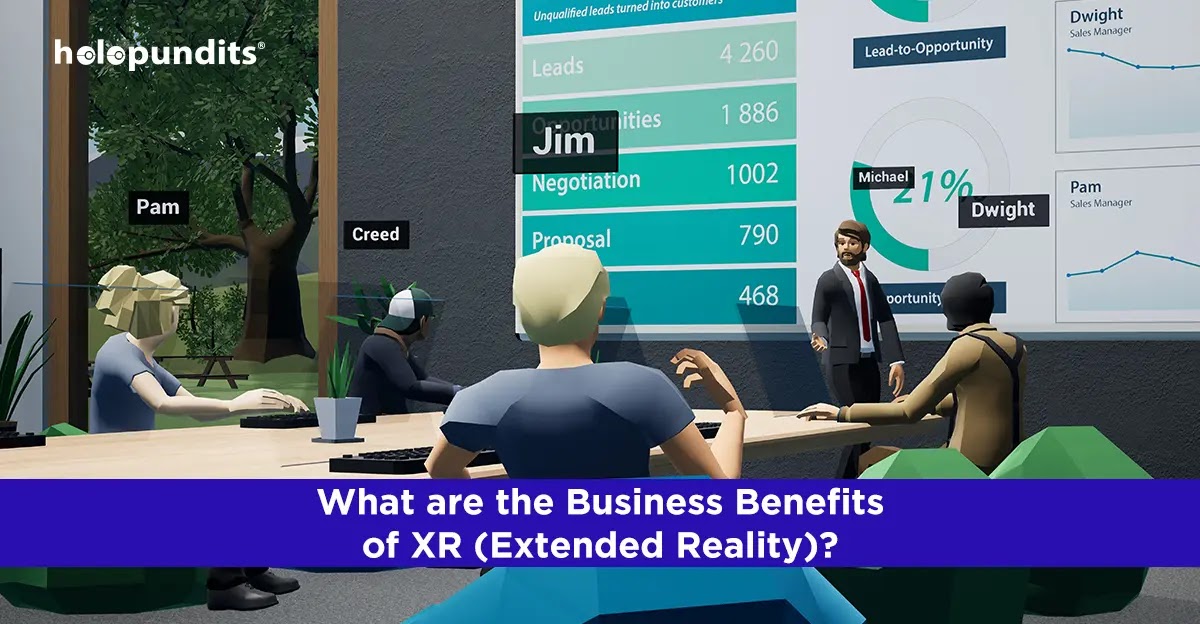Explore the transformative potential of extended reality technologies in increasing operational efficiency, user engagement, and collaboration across sectors. Learn how XR fosters immersive learning experiences and revolutionizes content engagement.
Introduction
In today’s rapidly evolving digital landscape, extended reality technologies have emerged as game-changers, revolutionizing how we interact with the world around us. Extended reality (XR), encompassing augmented reality (AR), virtual reality (VR), and mixed reality (MR), amalgamates the physical and digital realms to offer immersive and interactive experiences. This article delves into the myriad benefits of extended reality technologies across diverse sectors, from manufacturing to education, shedding light on their transformative potential.
Extended Reality Technologies: Explained
Extended reality technologies, often referred to as XR, represent a convergence of augmented reality (AR), virtual reality (VR), and mixed reality (MR). AR overlays digital elements onto the real world, enhancing our perception and interaction with physical environments. VR immerses users in entirely virtual realms, while MR seamlessly blends digital and physical elements to create immersive experiences.
Manufacturing Sector: Enhancing Operational Efficiency
In the manufacturing sector, XR technologies like AR, VR, and MR are revolutionizing operations by providing a fully connected system for locating products and streamlining processes. By overlaying digital information onto physical environments, workers can efficiently locate products, troubleshoot issues, and optimize workflows, thereby enhancing operational efficiency and productivity.
Businesses: Fostering Seamless Engagement and Knowledge Retention
Extended reality technologies offer businesses a competitive edge by facilitating seamless data access, enhancing user engagement, and increasing knowledge retention. Through immersive experiences enabled by XR, businesses can captivate audiences, deliver personalized content, and foster deeper connections with customers, ultimately driving growth and innovation.
Education: Empowering Immersive Learning Experiences
One of the most significant benefits of XR in education is equitable access to immersive learning experiences. By leveraging XR technologies, educators can transcend traditional teaching methods and offer students interactive and engaging learning environments. Whether it’s exploring ancient civilizations through VR simulations or conducting virtual science experiments, XR empowers students to learn by doing, transcending the limitations of traditional classrooms.
Collaboration: Bridging Physical Barriers for Enhanced Productivity
XR technology significantly improves collaboration by allowing teams to work together on projects irrespective of physical distance. Through virtual meeting spaces and collaborative platforms, teams can ideate, brainstorm, and innovate in real-time, fostering a culture of teamwork and productivity. By breaking down geographical barriers, XR enables organizations to tap into diverse talent pools and drive collective success.
Interactivity: Redefining Content Engagement and Perception
By merging elements of the real world with the digital realm, XR technologies revolutionize how users engage with content and environments. Whether it’s exploring immersive virtual landscapes, interacting with lifelike avatars, or visualizing complex data sets in 3D, XR amplifies interactivity and perception, unlocking new possibilities for content creators and consumers alike.
FAQs
What are the primary components of extended reality technologies? Extended reality technologies comprise augmented reality (AR), virtual reality (VR), and mixed reality (MR), each offering unique immersive experiences.
How does XR enhance operational efficiency in the manufacturing sector? XR technologies like AR, VR, and MR provide real-time insights, streamline workflows, and optimize processes, thereby enhancing operational efficiency in manufacturing.
Can XR be used for remote collaboration? Yes, XR technology enables remote teams to collaborate on projects through virtual meeting spaces and collaborative platforms, fostering teamwork and productivity.
What role does XR play in education? XR empowers educators to create immersive learning experiences, transcending traditional teaching methods and offering students interactive environments for exploration and discovery.
How does XR revolutionize content engagement? By merging elements of the real world with the digital realm, XR technologies amplify interactivity and perception, redefining how users engage with content and environments.
Is XR accessible to businesses of all sizes? Yes, XR technologies offer scalable solutions that cater to businesses of all sizes, from startups to enterprises, providing a competitive edge in today’s digital landscape.
Conclusion
In conclusion, extended reality technologies hold immense potential for transforming various sectors, from manufacturing to education and beyond. By fostering immersive experiences, enhancing collaboration, and redefining content engagement, XR is poised to shape the future of human interaction and innovation. Embracing XR opens doors to new possibilities, drives growth, and propels organizations towards success in the digital age.

